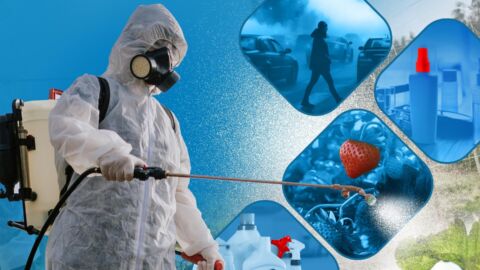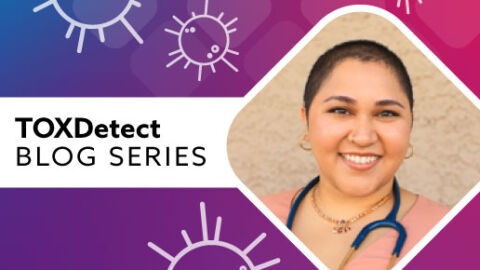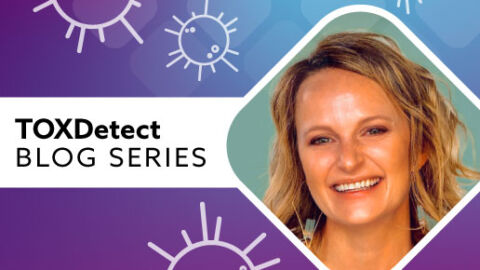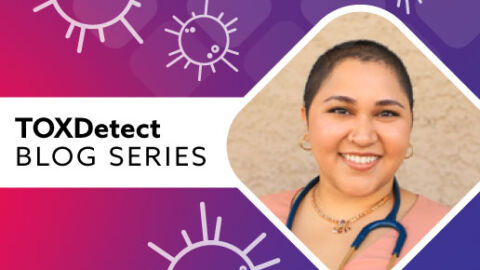In today’s world, we are increasingly exposed to a variety of toxic substances that can have detrimental effects on our health. From air pollutants and pesticides to household chemicals, the sources of exposure are numerous and pervasive. Education and empowerment are the crucial first steps in minimizing exposure to these harmful substances. Let’s explore the various sources and methods of toxic exposure, the detrimental health impacts associated, and practical strategies to guide patients in reducing their risk and enhancing overall well-being.
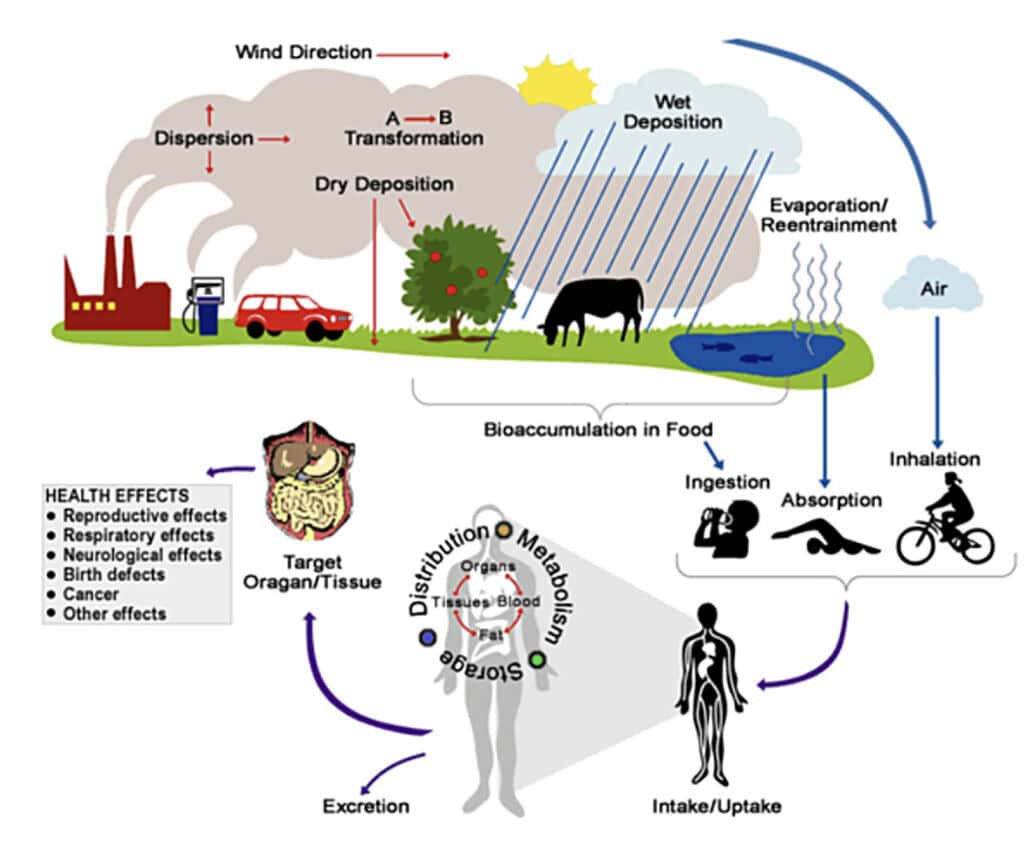
As evidenced in the image above from the Indiana Department of Environmental Management (link) toxic exposures are ubiquitous in the environment. Recognizing common sources of exposure is step one in achieving better health outcomes. After identification, focus can be shifted toward avoidance as well as supporting the body’s natural processes to properly detoxify. The TOXDetect Profile identifies specific metabolites of some common environmental toxicants in the body in the chemical classes of phthalates, bisphenols, volatile organic compounds (VOCs), parabens, pesticides and more.
What are the Substances of Concern?
Phthalates:
Phthalates are commonly used as plasticizers and have been found to have adverse health impacts such as endocrine disruption, reproductive and developmental harm, and toxicity in specific organs such as liver, thyroid, kidney, etc. Children are more sensitive to phthalate exposure which can contribute to issues like altered thyroid function, respiratory symptoms, and neurodevelopmental disorders.1
Route of phthalate entry:
Ingestion – Eating food contaminated from plastics, ingestion of dust particles or contaminated water. Medical procedures are also a source of exposure from the use of plastic tubing made with phthalates.
Skin Absorption – Personal care products – phthalates historically have been used in personal care products such as lotions, deodorants, and nail polishes; although this is becoming less common in the production process.
Inhalation – Phthalates are commonly used in fragrances.
Bisphenols:
Bisphenols like BPA and BPS are synthetic chemicals used in making plastics and resins found in everyday items such as food containers, toys, and medical devices. BPA is a known endocrine disruptor that can interfere with hormone receptors, potentially impacting the reproductive, metabolic, immune, and neurodevelopmental systems. BPS is often used as a BPA alternative but may have similar harmful effects on human health.2
Route of bisphenol entry: The use of products with bisphenols often leads to exposure which may be from ingesting foods or beverages that are contaminated from packaging containers, absorption through the skin when using or touching everyday products such as toys and receipts, and through medical or dental procedures.
Volatile organic compounds (VOCs): Volatile organic chemicals (VOCs) are a group of organic compounds that easily become vapors or gases. Many solvents are also VOCs such as benzene and toluene, however non-solvent compounds can have VOC properties such as formaldehyde. VOCs are linked to health impacts such as respiratory issues, carcinogenicity, reproductive harm, neurological effects as well as liver and kidney damage.3
Route of VOC entry: The primary source of exposure is inhalation of VOCs, although dermal exposure and ingestion can occur.
Parabens:
Parabens are commonly used as preservatives used in cosmetics, personal care products, food, and pharmaceuticals. They mimic estrogen and are considered potential endocrine disruptors, can impact increased body mass index (BMI), and may potentiate risk for breast cancer.4-6
Route of paraben entry: With the widespread use of parabens, exposure is common and may occur through skin contact, ingestion, and inhalation of products that contain parabens.
Pesticides:
Pesticides, while effective in controlling pests, can pose significant systemic health risks to humans. Some evidence-based risks of exposure are neurological effects, carcinogenicity, reproductive toxicity, endocrine harm, immunotoxicity, and gastrointestinal effects.7
Route of pesticide entry: Dermal absorption, inhalation, and ingestion products that have come into contact with pesticides or from circulation of pesticides into the air.
Air Particulate:
Air pollution is a concern that affects us all. Air particulate matter (PM) from combustion sources, such as wildfires, vehicle emissions and industrial processes, can cause or worsen respiratory and cardiovascular issues and even contribute to increased mortality rates.8
Route of air particulate entry: Inhalation, ingestion of particulate on crops or in water supply, and skin absorption.
Persistent Organic Pollutants (POPs):
POPs, such as dioxins and polychlorinated biphenyls (PCBs), are persistent in the environment and in our bodies. They can contribute to cancer risk, reproductive disorders, endocrine harm such as obesity and diabetes, cardiovascular effects, and immune system suppression.9
Route of POP Entry: Primary source of exposure is ingestion and bioaccumulation through food or water sources. Exposure via dermal absorption or inhalation can also occur, especially in industrial settings.
Are you ready to clean up your world?
Start here!
Detoxify Your World
With a few simple steps, we can minimize toxic exposure and improve health.
Explore how you can become aware of the toxicants around us and detoxify your world.

Common Toxicant Sources
1. Avoid common toxicant sources such as single use plastics, occupational exposures and heavily polluted areas.

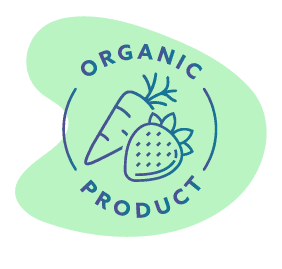
Organic Foods
2. Choose organic foods, chemical free cosmetics, hygiene products and cleaning agents.
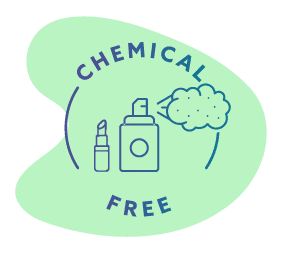

Education
3. Educate yourself and learn what common ingredients are considered more toxic and read labels.
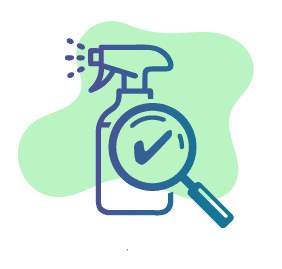
Household Products
4. Research common household products and major purchases to understand certifications, testing, etc. non-toxic brands utilize.

References
1Wang Y, Qian H. Phthalates and Their Impacts on Human Health. Healthcare. 2021; 9(5):603. https://doi.org/10.3390/healthcare9050603
2Coppola L, La Rocca C. Special Issue “Molecular Mechanisms of Bisphenol A Toxicity and Effects of Environmental Levels on Health.” International journal of molecular sciences. 2023;24(9):8028. doi:10.3390/ijms24098028
3 Zhou X, Zhou X, Wang C, Zhou H. Environmental and human health impacts of volatile organic compounds: A perspective review. Chemosphere. 2023 Feb;313:137489. DOI: 10.1016/j.chemosphere.2022.137489. PMID: 36513206.
4Murawski A, Tschersich C, Rucic E, et al. Parabens in urine of children and adolescents in Germany – human biomonitoring results of the german environmental survey 2014–2017 (GerES V). Environmental Research. 2021;194:110502. doi:10.1016/j.envres.2020.110502
5Kolatorova L, Sramkova M, Vitku J, Vcelak J, Lischkova O, Starka L, et al. Parabens and Their Relation to Obesity. Physiological Research. 2018 Nov 12;S465–72.
6Charles AK, Darbre PD. Combinations of parabens at concentrations measured in human breast tissue can increase proliferation of MCF‐7 human breast cancer cells. Journal of Applied Toxicology. 2013 Jan 31;33(5):390–8.
7Cocco, P. (2016, August 05). Pesticides and Human Health. Oxford Research Encyclopedia of Environmental Science. Retrieved 6 Aug. 2024, from https://oxfordre.com/environmentalscience/view/10.1093/acrefore/9780199389414.001.0001/acrefore-9780199389414-e-82
8 UK Health Security Agency. Statement on the differential toxicity of particulate matter according to source or constituents: 2022. GOV.UK. July 27, 2022. Accessed April 11, 2025. https://www.gov.uk/government/publications/particulate-air-pollution-health-effects-of-exposure/statement-on-the-differential-toxicity-of-particulate-matter-according-to-source-or-constituents-2022
9 Alharbi, Omar M.L.; Basheer, Al Arsh; Khattab, Rafat A.; Ali, Imran . (2018). Health and environmental effects of persistent organic pollutants. Journal of Molecular Liquids, (), S0167732218321135–. doi:10.1016/j.molliq.2018.05.029


